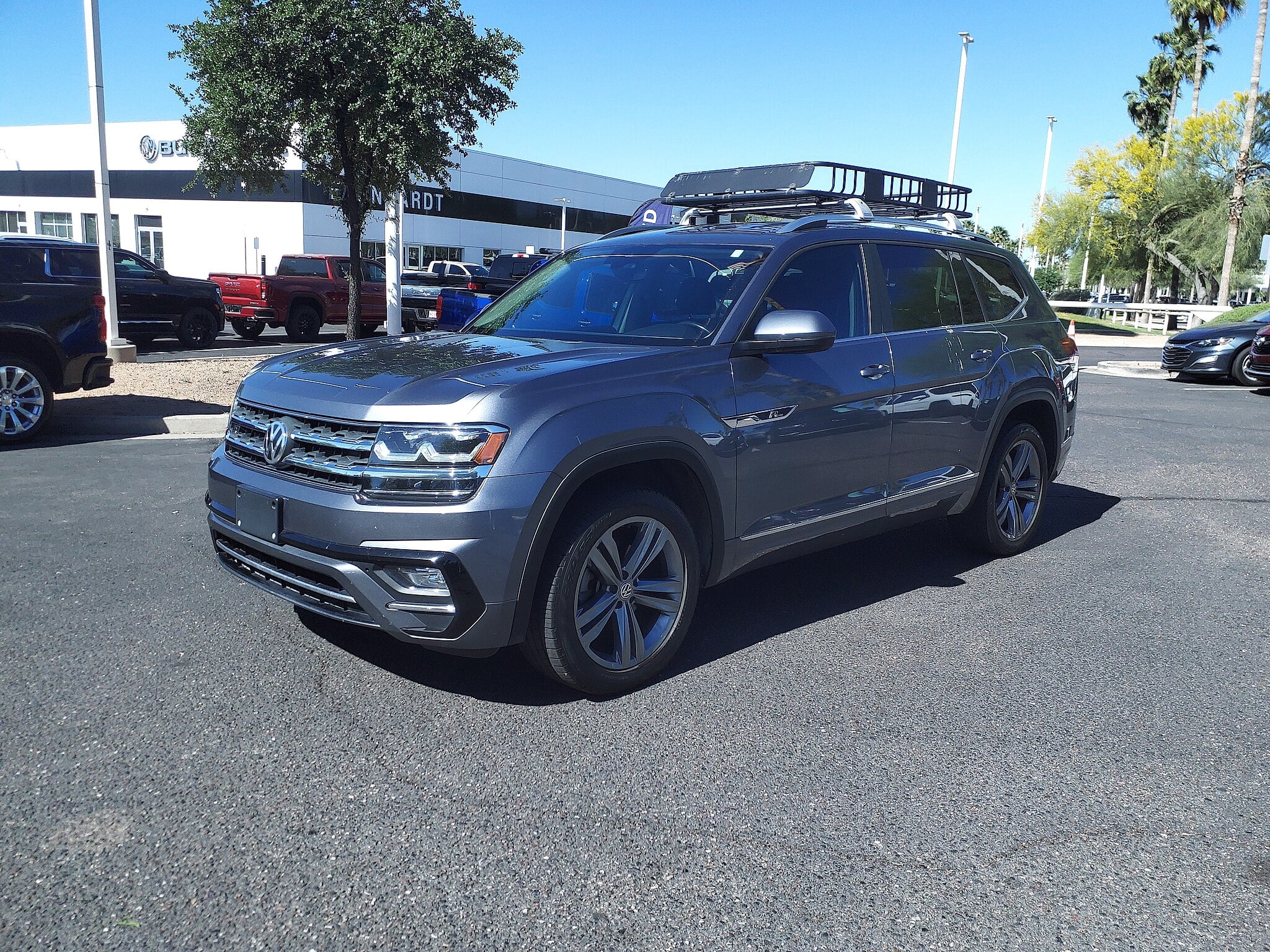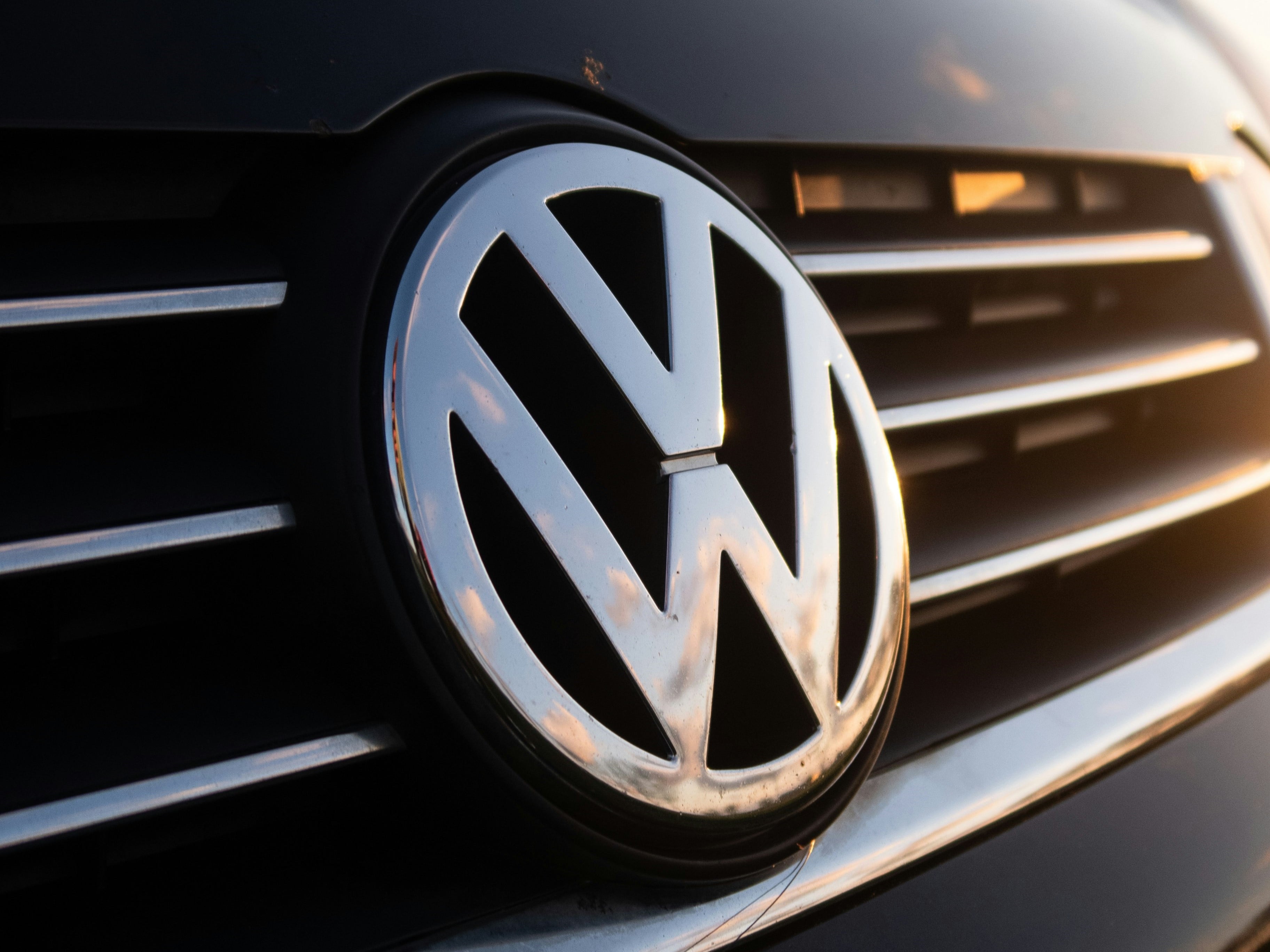
Volkswagen VIN Decoder
Volkswagen has ten brands under its control and is expected to deliver 30 new, updated vehicles in the coming months. The Volkswagen Group owns supercars, ultra-luxurious sedans, and SUVs. However, VW is known worldwide for only one iconic car, the Beetle. Volkswagen is gradually moving its reputation away from the Bug, but it is a long, slow process.
The Beetle began life before World War II when the German Chancellor called for a vehicle suitable for two adults and two children. Ferdinand Porsche was given the project. Initially, the car was called “The Volkswagen,” which meant People’s Car in German; after the war, the Volkswagen was renamed “Beetle.”
Early VW Beetles, starting in 1947, were stamped with a consecutive number engine code. Code layouts described engine output, the number of cylinders, and the type of fuel used. From 1965, the company stamped ten-digit codes onto the frame tunnel. Finally, in 1981, Volkswagen and other global automakers accepted the ISO standard for a 17-digit alphanumeric code. The NHTSA (National Highway Transportation Safety Administration) accepted the format and the standard managed to take hold of the American market.
The GoodCar VIN Decoder application searches local, state, and federal databases to uncover any information about a specific VIN. GoodCar is a member of NMVTIS or the National Motor Vehicle Title Information System to eliminate automotive theft and fraud.
Deciphering a Volkswagen VIN
Volkswagen uses the standardized outline of a 17-digit alphanumeric code handed down by the NHTSA in 1981. The VIN is divided into three sections, each providing specific information about the vehicle.
- 1
- F
- T
- 8
- B
- W
- T
- A
- B
- 8
- U
- c
- 3
- 8
- 8
- 9
Where Can I Find the VIN on My Volkswagen?
Modern VWs have the VIN code stamped on the driver’s side dashboard near the windshield, mandated by the NHTSA. The VIN must be visible through the glass. A VIN may be stamped in the engine bay or under the rear seats. The company has split its VIN into three identifiers, giving more clarity to the code. The second required location is on the B pillar on the driver’s side halfway down the post. The VIN should be stamped on a plaque with tire sizes and recommended air pressures.
Popular Volkswagen Models

Volkswagen's popular anything list is never complete without the iconic “BUG.” Production and sales numbers for this one model are staggering. From 1938 to 2003, the Volkswagen Beetle was the longest-produced car ever! Total production was an astonishing 21.5 million vehicles. The Beetle defined the '60s, with stiff competition from the United States and Japan in the 70s and 80s. In 1991, the New Beetle was introduced to spur sales; however, it was the beginning of the end for the venerable VW Beetle.

The Golf GTI and R models have plenty of good looks and performance characteristics to fit any buyer's wants and needs list. At 249 hp and a hefty 273 lbs. of torque, the GTI has pickup and power in reserve. GTI entertainment and technology features offer plenty of driving excitement. The GTI is a five-door hatchback with advanced driver assist and much more for any buyer.

Volkswagen Atlas and Atlas Cross Sport provide plenty of room and interior refinements for modern family excursions. A 269 turbo-charged engine with over 5,000 lbs. of towing capacity gives the Atlas all the strength it needs to transport families of any size. Third-row seating and nearly 96.6 cubic feet of cargo capacity make the Atlas a must-see.

Uncover the rich history of Volkswagen with the industry standard GoodCar Vehicle History service. After gaining a simple understanding of the Volkswagen VIN code, use the GoodCar Vin Decoder to discover any and all information available concerning a specific model.
Vehicle history reports instantly reveal last reported mileage, adverse title records, and damage to the VW that may affect its value.
For performance buyers and collectors, the last six digits of the VIN can be used to zero in on specific add-ons and specialty parts.
Volkswagen VIN Lookup
Fleet managers and business personnel use history reports to find any existing liens and thefts that may affect the vehicle's legal ownership. Prospective buyers or automotive managers use a GoodCar Vehicle History report to find fire, water, and flood damage.
One of the most important aspects of a well-documented history search is finding any title problems, such as a salvage or junk title. A salvage title says the vehicle has been in a total loss crash, with the insurance company stating there is no value. A junk title says the vehicle cannot safely operate on any road or highway and is suitable for only parts and scrap.
Any prospective owner or automotive manager would want to know if the vehicle has been deemed a Lemon. History reports discover these faults. A lemon car is a new car or truck that has been to the dealership service department several times, and a specific issue has not been repaired. With proper documentation, the manufacturer can be forced to replace or purchase the vehicle back from the owner.
Volkswagen Recalls and Technical Service Bulletins
- In February 2024, over 260,000 GLI and Golf models were recalled due to a suction jet pump seal inside the fuel tank. This issue may cause fuel to flow into the evaporative emissions EVAP and possibly leak out of the charcoal canister. The NHTSA believes an ignition source coupled with a fuel leak could cause a fire in the engine compartment. Owners should take their vehicle to the dealership for an inspection and replacement free of charge.
- One of the largest Volkswagen recalls ever involved over 700,000 Jetta, Beetle, and Golf models. The issue was an electrical issue that could cause the vehicle to roll away. The company reported that the issue may be silicate buildup on the shift lever micro-switch contact.

